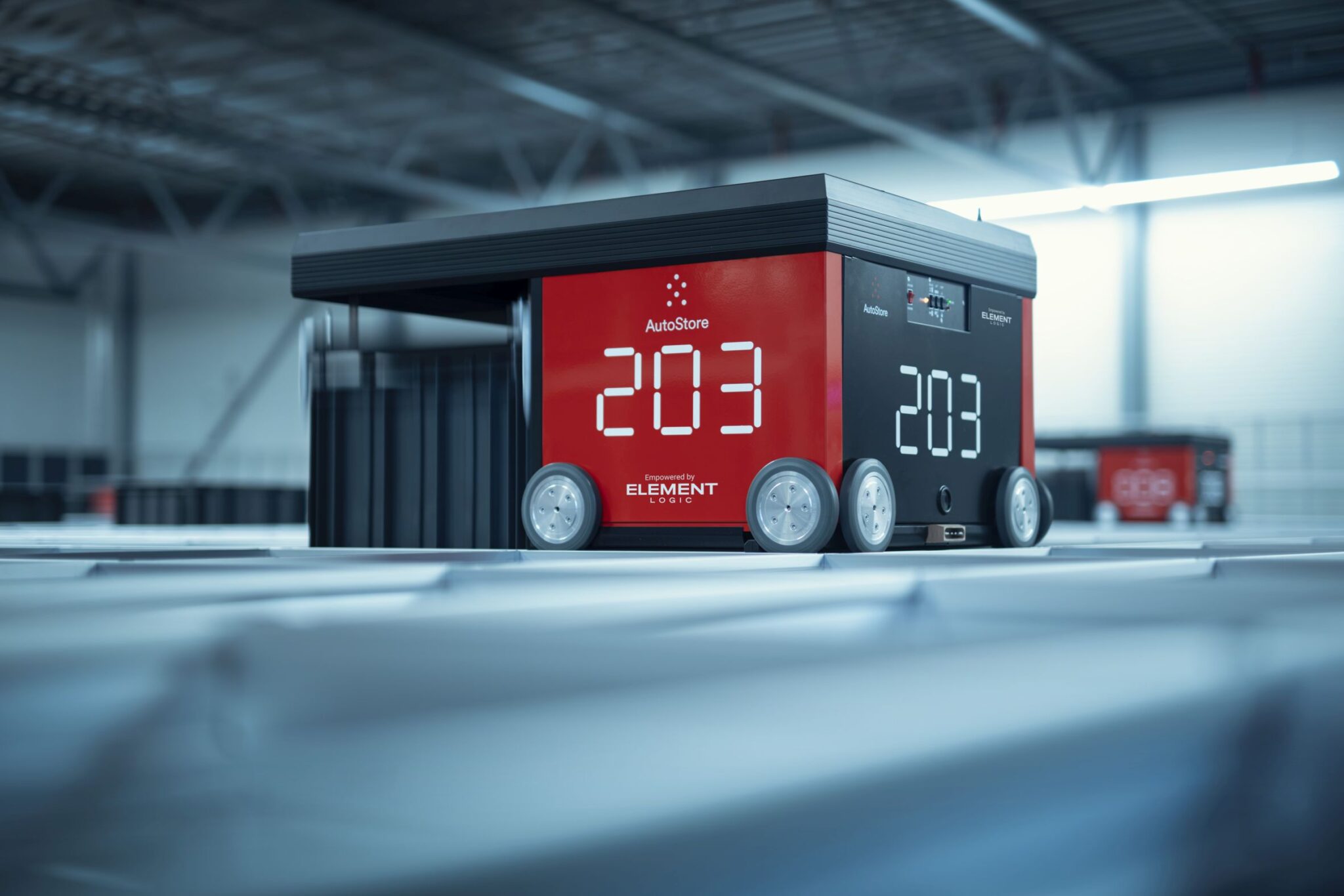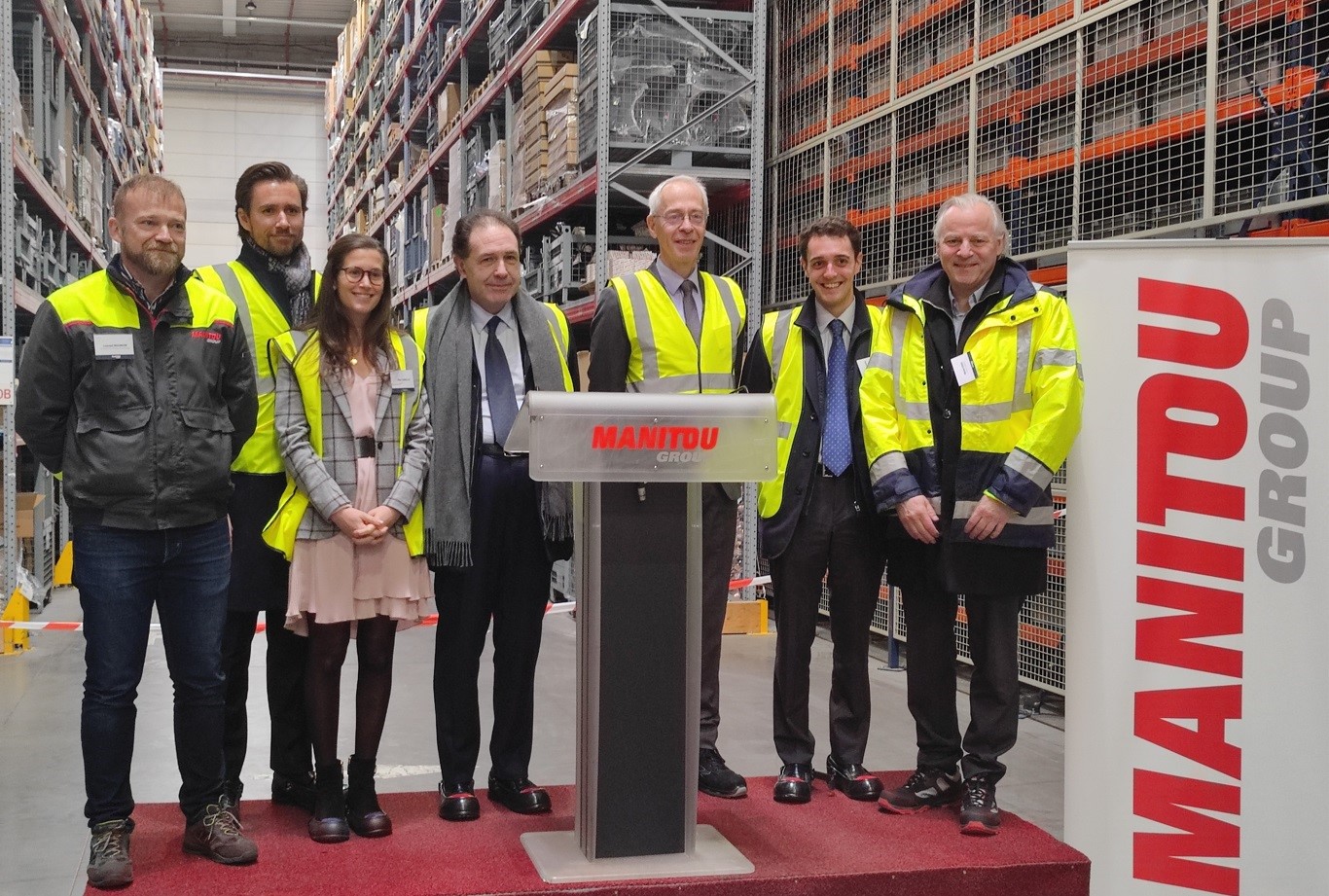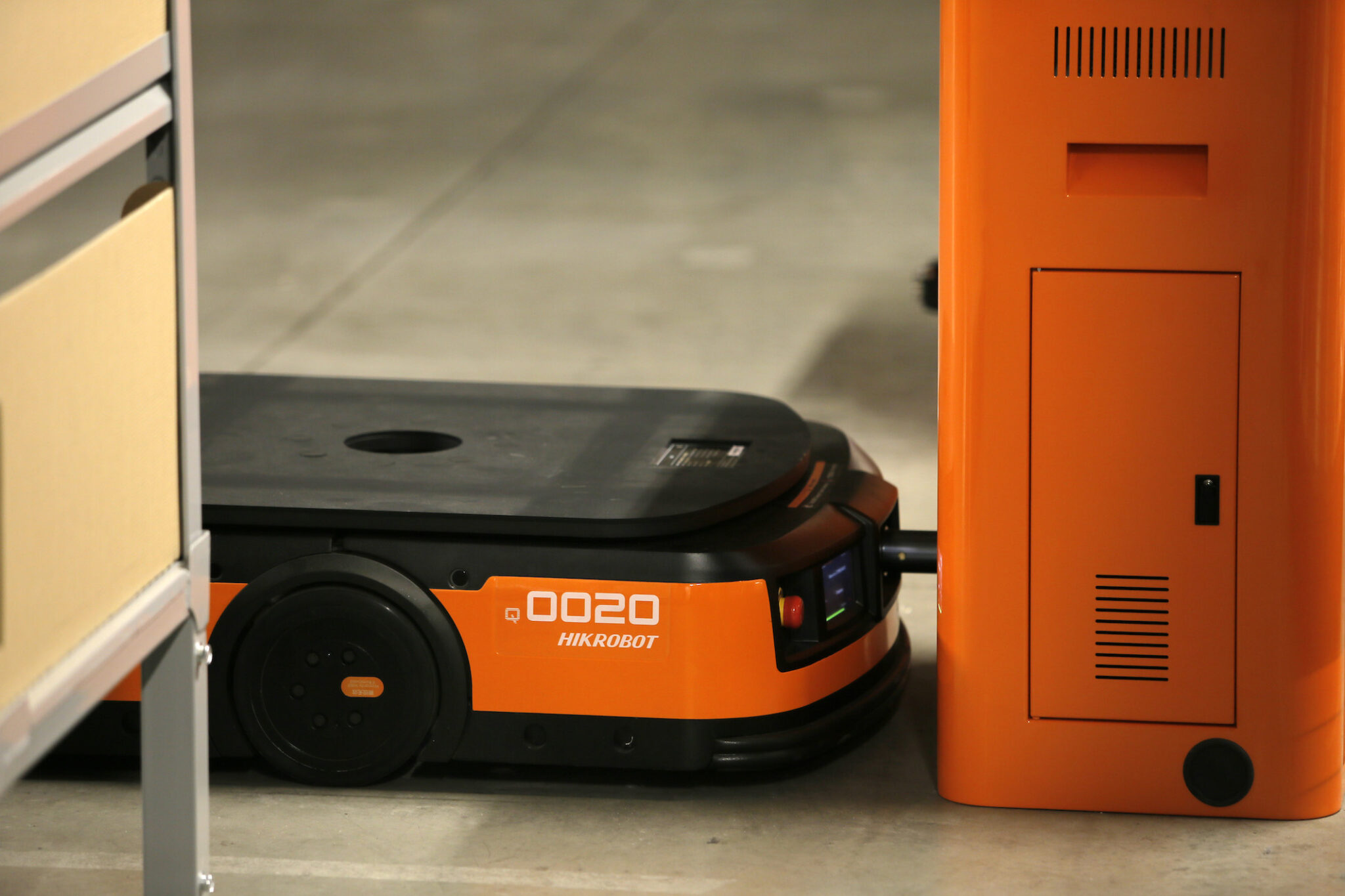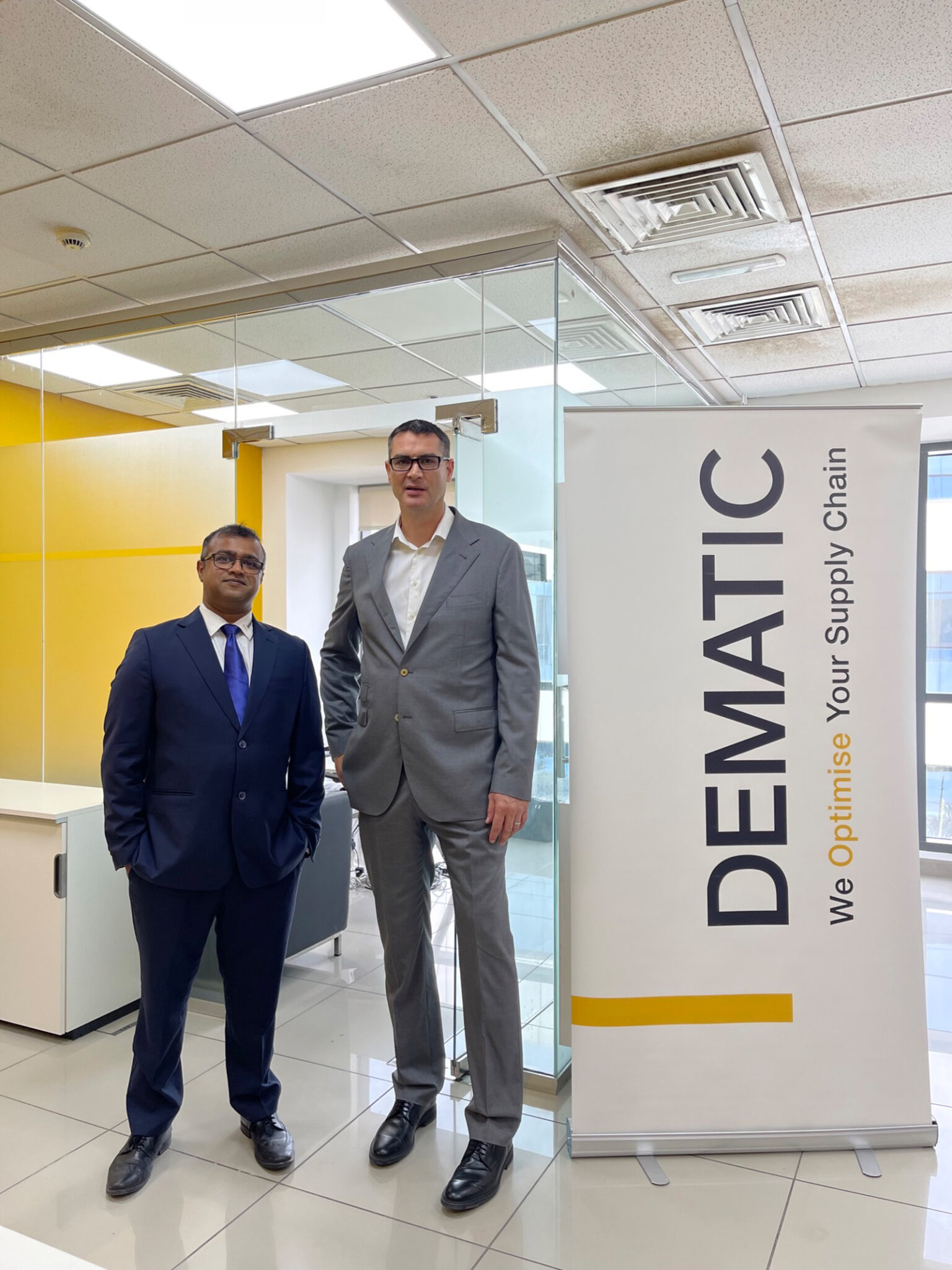The way to sustainable warehousing is through automation, says Craig Whitehouse, Managing Director of Invar Group.
Creating more sustainable logistics operations is a priority for businesses, governments and increasingly, consumers. The warehouse is the beating heart of the supply chain, but it may not be immediately obvious that investment in warehouse automation can significantly contribute to sustainability goals.
On the face of it, automation may appear resource heavy, requiring metals, plastics and electrical power. How can this be more sustainable than resource- and energy-light manual processes?
However, sustainability isn’t just about the headline issues of rare earth metals and carbon emissions, important though these are. We need sustainability in land use and water management, in transport capacity, in the reduction of waste in all its forms, in enabling the goods and packages we handle themselves to be more sustainable. Further, labour and money are also finite resources, which need to be managed sustainably. Automation, of physical processes and of control systems, can contribute to achieving sustainability goals in all these areas.
Consider, for example, Automated Storage and Retrieval Systems (ASRS) in all their variety. By using high-density storage right up to the eaves and in very narrow aisles, the required building footprint, with its associated impact on hydrology, can be reduced – along with the amount of steel and concrete that goes into construction. ASRS can save energy too, as lights-out operations are often possible, and less empty space is being heated, air-conditioned, or refrigerated.
Automated processes, perhaps combining ASRS, conveyor runs and Autonomous Mobile Robots (AMRs), can greatly reduce or even eliminate the requirement for carbon-emitting forklift trucks – with all the health and safety benefits of a reduced exposure to the possibility of collisions, back injuries and repetitive strain grievances. And as labour is a scarce resource in itself, freeing people up for more thoughtful, dexterous tasks.
However, automation can offer even more. The automated loading/unloading of vehicles reduces waiting time and thus the yard space required, enables more efficient vehicle utilisation, and again has safety benefits. Automated handling can also reduce waste through lowering stock damage, and with the latest packaging innovations can facilitate the use of ‘greener’ packaging solutions, with less waste of cardboard as a result of more compact packages.
These benefits can be amplified through the appropriate use of automated planning, management and control systems. Warehouse simulation, together with tailored Warehouse Management Systems (WMS), can optimise layout and activities to minimise movements and thus energy consumption – for example, by minimising the number of movements in and out of cold stores. A well-attuned WMS can also contribute to more efficient and sustainable use of transport, making it is easier to plan and assemble full loads for a destination within the necessary timescale. Automated goods-to-person order picking using, increasingly more affordable mobile robots combined with pick-to-light technology, or voice with human operators, can reduce mis-picks, and thus waste and returns.
Meanwhile, environment management systems can save on heat, refrigeration, and turn the lights off when an area of the warehouse is free of workers. Management systems for AGVs and AMRs can, within limits, plan for vehicle recharging off-peak, which is both cheaper and may reduce the demand for fossil-based energy generation.
Finally, machine monitoring systems informing preventative maintenance procedures can ensure that equipment is operating at peak energy efficiency as well as contributing to safe and healthy operation, while the general use of digital systems can greatly reduce the operation’s consumption of paper. These are just some of the automation options which, sensibly combined, can make a real contribution across the whole range of sustainability goals of the business, from climate change to human welfare and, yes, sustainable profitability.
Invar Group, headquartered in Cranfield UK, is focused on delivering complete turnkey warehouse automation solutions using advanced technologies such as industrial robotics, AMR goods-to-person solutions, pick-to-light technology, sortation systems, as well as conventional warehouse automation. The Group comprises: Invar Systems, a developer of warehouse control and management systems; Invar Integration (Greenstone Systems), a front runner in solutions design, hardware integration and project management; and Invar Controls, specialists in the design, implementation and maintenance of PLC software and hardware.











